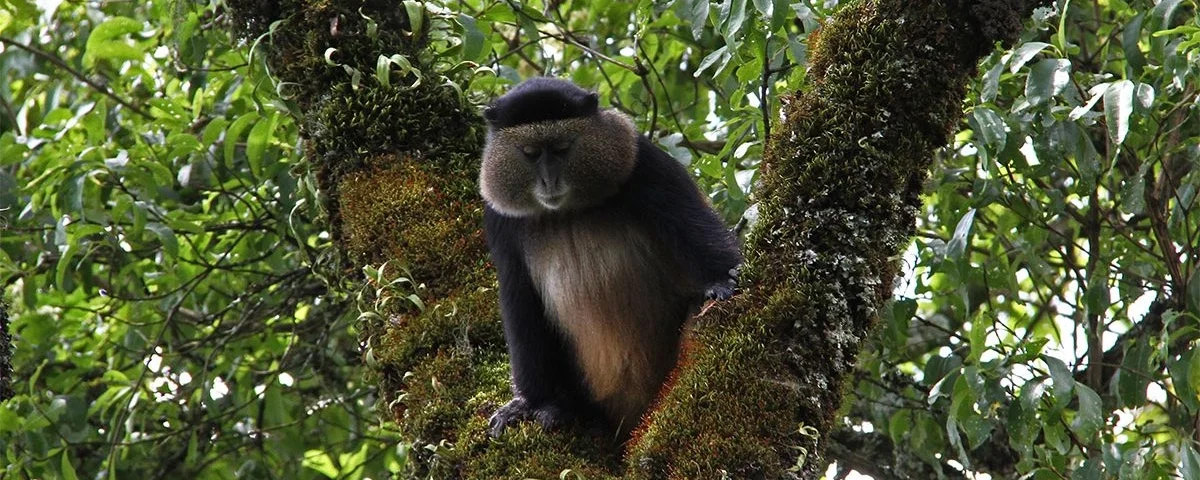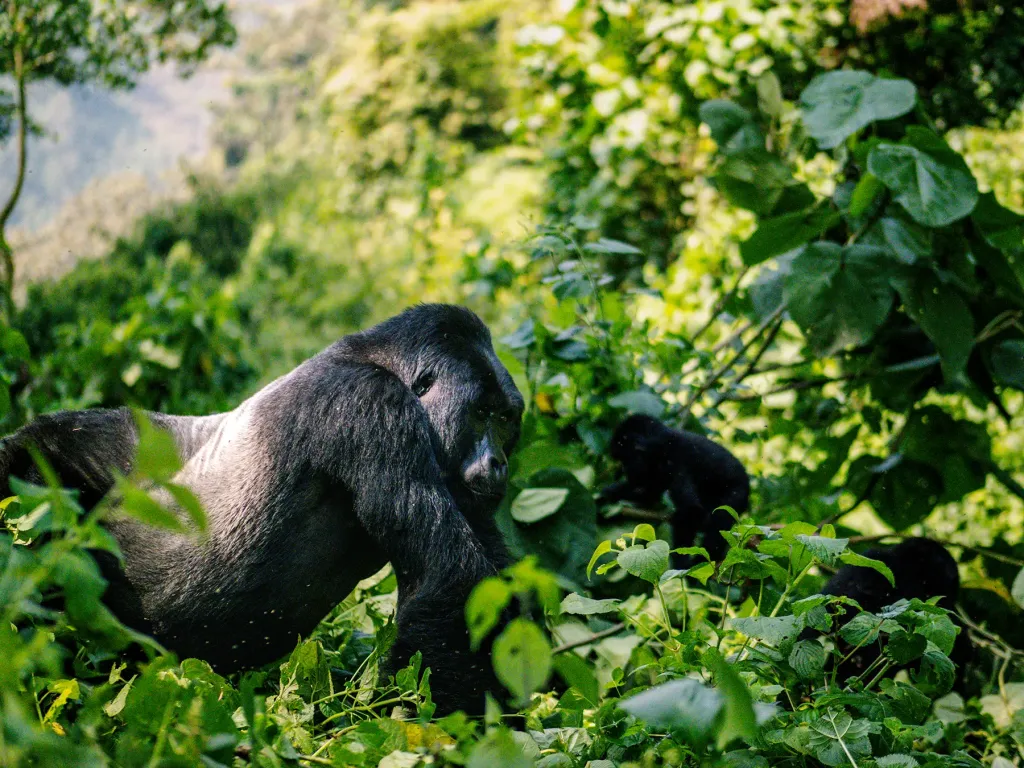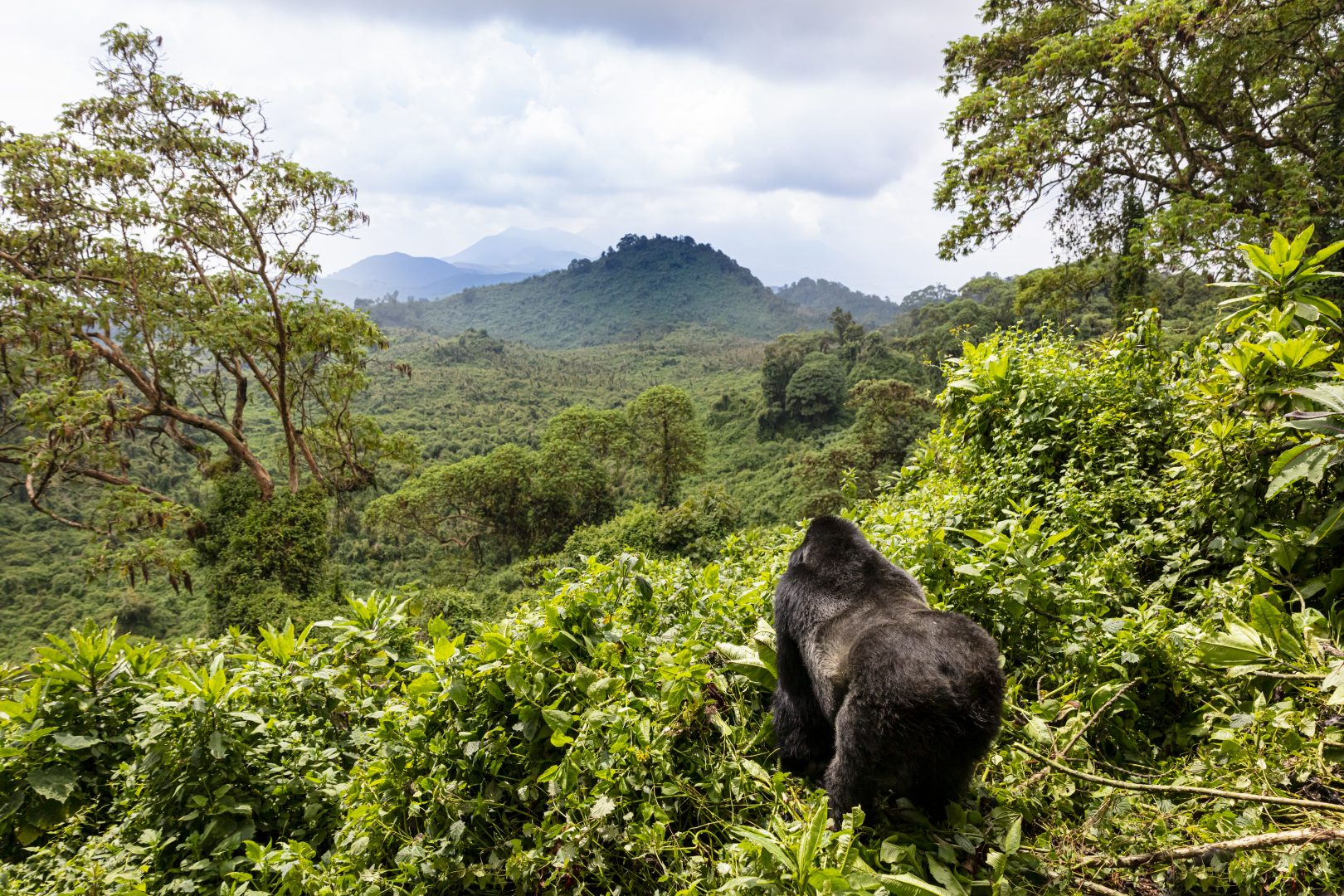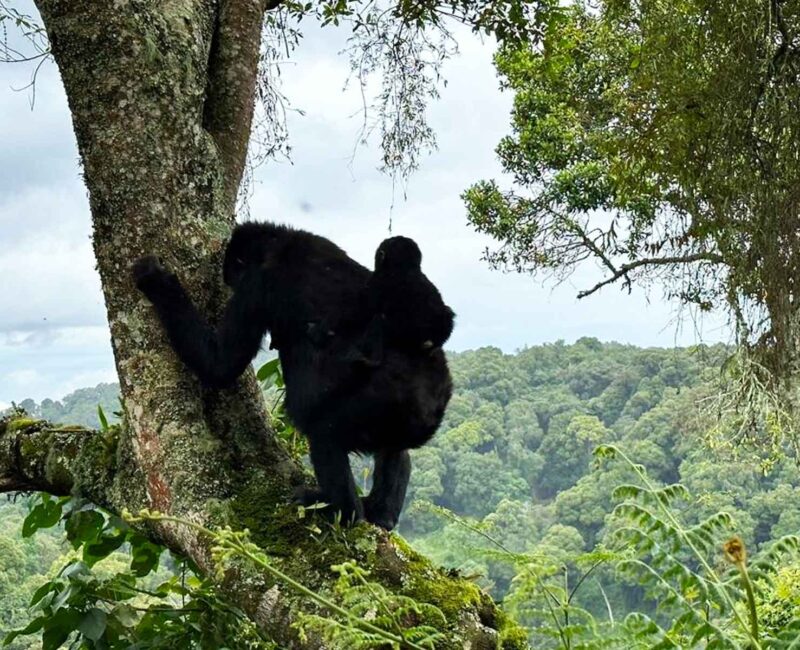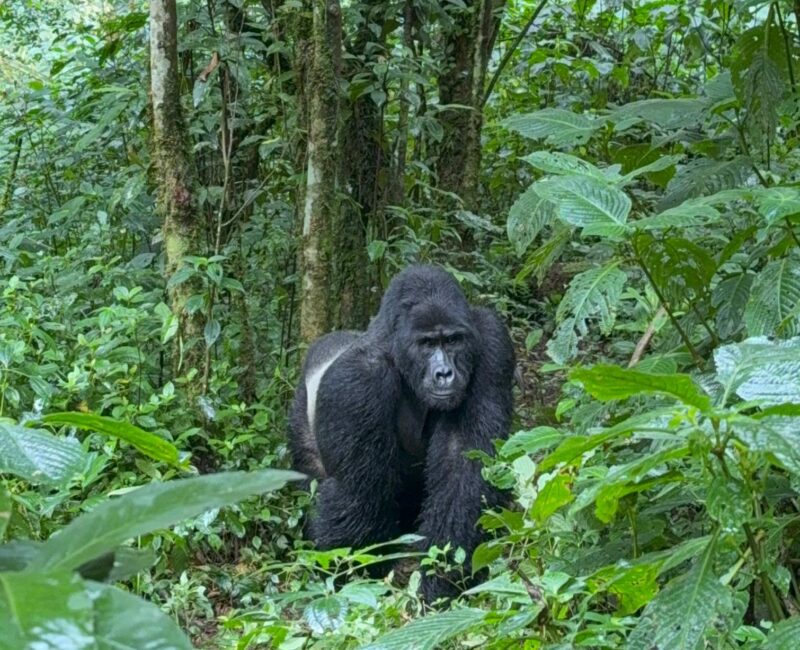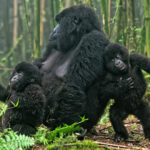
Best Time for Trekking in Bwindi Impenetrable National Park
September 15, 2025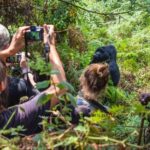
Gorilla Families in Bwindi Impenetrable National Park
September 17, 2025Best Time for Trekking in Mgahinga National Park
The best time for trekking in Mgahinga National Park plays a critical role in shaping the success of a Uganda Gorilla Safari. Nestled in the Virunga Volcanoes region, this park is Uganda’s smallest but most dramatic gorilla trekking destination. It offers towering volcanic landscapes, lush montane forests, and rare encounters with the elusive mountain gorillas. Travelers planning Uganda Safaris often wonder when to embark on this adventure for the most rewarding experience. The answer lies in understanding how seasonal weather patterns affect accessibility, trail conditions, and even the behavior of gorilla families.
The dry seasons, typically June to September and December to February, are the most popular times for Uganda Gorilla Trekking in Mgahinga. Trails remain drier, views clearer, and overall trekking conditions more manageable. However, peak demand during these months makes booking early essential. On the other hand, the wet seasons from March to May and October to November reveal a park at its greenest and most vibrant, with fewer tourists, lower prices, and exceptional birdwatching opportunities. This article explores both seasons in detail, offering practical tips, cultural insights, and valuable guidance to help travelers choose the best timing for their Uganda Safari Holiday.
Dry Season Advantage: Why June to September and December to February are Ideal
The dry seasons stand out as the best time for trekking in Mgahinga National Park for travelers prioritizing comfort and accessibility. During these months, rainfall is minimal, and the forest trails are considerably drier and less slippery. This makes navigation easier, particularly given the park’s steep volcanic terrain. Hiking in the dry season allows trekkers to focus on the awe-inspiring experience of observing mountain gorillas rather than battling mud or slippery slopes.
In addition to smoother trails, the dry months deliver clearer skies and improved visibility. The magnificent peaks of the Virunga Volcanoes become more visible, offering breathtaking backdrops for photographs. Trekkers enjoy unobstructed views of the montane forest and its wildlife, creating memorable encounters not only with gorillas but also with golden monkeys, forest elephants, and a diverse range of bird species. The stability of dry weather conditions also allows for better planning, as treks are less likely to face delays or cancellations.
The popularity of the dry season comes with higher demand. It coincides with peak tourist months across East Africa, leading to competition for gorilla trekking permits and accommodation. Permits must be reserved well in advance, sometimes up to a year before the planned safari. Lodges around Mgahinga fill quickly, particularly those offering premium services such as cultural performances, guided community tours, and panoramic views of the Virunga Volcanoes. For travelers designing luxury Uganda Safaris Holidays, early preparation ensures access to the most comfortable lodges and the best trekking schedules. Although costs rise during this time, the ease of trekking and the promise of unforgettable gorilla encounters make the investment worthwhile for most adventurers.
Wet Season Wonders: Why March to May and October to November Appeal to Adventurers
The wet seasons, though less favored, hold unique charm and benefits for certain travelers. Trekking in Mgahinga from March to May and October to November means encountering muddy and slippery trails, misty mornings, and heavier rainfall. However, those willing to embrace the challenge discover a park bursting with life. The rainfall nourishes the forest, creating lush vegetation that blankets the volcanoes in rich greenery. For gorillas, this means abundant food at lower elevations, often making them easier to locate without extensive uphill trekking.
Another significant advantage is the reduced number of visitors. With fewer tourists trekking in the wet season, the park offers quieter, more personal experiences. Gorilla permits and lodge rates are often lower, making it the best time for budget-conscious travelers planning Uganda Gorilla Safaris. Safari lodges frequently run off-season offers, enabling visitors to enjoy high-quality services at discounted prices. This affordability does not diminish the magic of the encounter; instead, it often enhances it by providing a more private and unhurried trekking experience.
Birdwatchers regard the wet season as prime time, as migratory bird species flock to the forest, adding to Mgahinga’s already rich avifauna. Photography enthusiasts also appreciate the vibrant green landscapes, misty mountain peaks, and dramatic light conditions created by shifting clouds. Cultural activities remain an essential complement to gorilla trekking. During rainy evenings, lodges host indoor cultural performances showcasing traditional dances, music, and storytelling from local communities. These intimate settings allow travelers to connect more deeply with Uganda’s cultural heritage, transforming a challenging trek into a rewarding Uganda Safari Holiday filled with both natural and cultural beauty.
Cultural Encounters Around Mgahinga: Adding Depth to Uganda Safaris
Trekking in Mgahinga goes beyond wildlife. Cultural experiences surrounding the park add richness to every Uganda Safari Holiday. The Batwa, indigenous forest dwellers once dependent on the forest for survival, now share their traditions through immersive cultural tours. Visitors learn about ancient hunting techniques, medicinal plants, and spiritual rituals, providing a profound connection between humans and the forest. These encounters highlight the cultural significance of conservation while supporting community livelihoods.
In the dry season, cultural village walks become easier to organize. Clear trails lead visitors to nearby homesteads where they can engage in traditional farming activities, sample local cuisine, and watch demonstrations of basket weaving or pottery making. These interactions allow travelers to support local artisans and create lasting memories of Uganda’s hospitality.
During the wet season, cultural experiences shift indoors. Lodges transform into cultural hubs where evenings come alive with traditional dances, music, and storytelling. Guests gather around fireplaces while enjoying local delicacies and learning from community elders. These performances, framed by the sound of rainfall on the lodge roofs, offer an atmosphere of warmth and intimacy that complements the adventure of gorilla trekking. For travelers combining gorilla tracking with Uganda Wildlife Safaris, these cultural encounters create balance—connecting nature, wildlife, and human heritage into a holistic journey.
Practical Tips: How to Prepare for Trekking in Any Season
No matter when travelers choose the best time for trekking in Mgahinga National Park, preparation ensures success. Gorilla permits remain limited to protect the endangered mountain gorillas, so booking early is essential, particularly for dry-season treks. For those planning wet-season safaris, flexibility is equally important, as weather conditions can alter trekking schedules.
Packing plays a vital role. Sturdy waterproof hiking boots, a reliable rain jacket, and quick-dry clothing are indispensable. In the wet season, gaiters, walking sticks, and waterproof backpack covers become crucial for navigating muddy conditions. Dry-season trekkers should still carry layered clothing, as mornings remain cool and evenings chilly due to the park’s altitude. Essential accessories such as insect repellent, sunscreen, gloves, and reusable water bottles enhance trekking comfort in all seasons.
For travelers extending their Uganda Tours, Mgahinga pairs seamlessly with Bwindi Impenetrable Forest for additional gorilla trekking, Queen Elizabeth National Park for classic game drives, and Lake Bunyonyi for relaxation. Combining these destinations transforms a single gorilla trek into a comprehensive Uganda Safari Holiday. Whether venturing during the dry months of July or the rainy days of April, being prepared allows travelers to fully enjoy the awe-inspiring moment of standing just meters from a gorilla family in the misty forest.
Choosing the Perfect Time for a Uganda Safari Holiday
Deciding on the best time for trekking in Mgahinga National Park ultimately depends on the traveler’s priorities. For those seeking convenience, stable weather, and clear trails, the dry season from June to September and December to February provides the ideal balance. These months ensure comfortable trekking conditions, breathtaking views, and reliable opportunities for once-in-a-lifetime gorilla encounters. However, they also bring peak demand and higher costs, requiring early planning and bookings.
On the other hand, the wet seasons from March to May and October to November offer quieter, more budget-friendly alternatives. Although trekking becomes physically demanding, the rewards include lush landscapes, abundant gorilla food sources, and exceptional birdwatching. Lower costs and fewer tourists create intimate experiences that resonate deeply with adventurers seeking authenticity.
For any traveler embarking on Uganda Gorilla Trekking or combining gorilla tracking with Uganda Wildlife Tours, understanding these seasonal differences ensures realistic expectations and proper preparation. Both dry and wet seasons offer unique opportunities, and each journey contributes to gorilla conservation and community development. Whether during the sunlit days of July or the misty mornings of November, Mgahinga delivers unforgettable encounters that define the spirit of Uganda Safaris Holidays.

